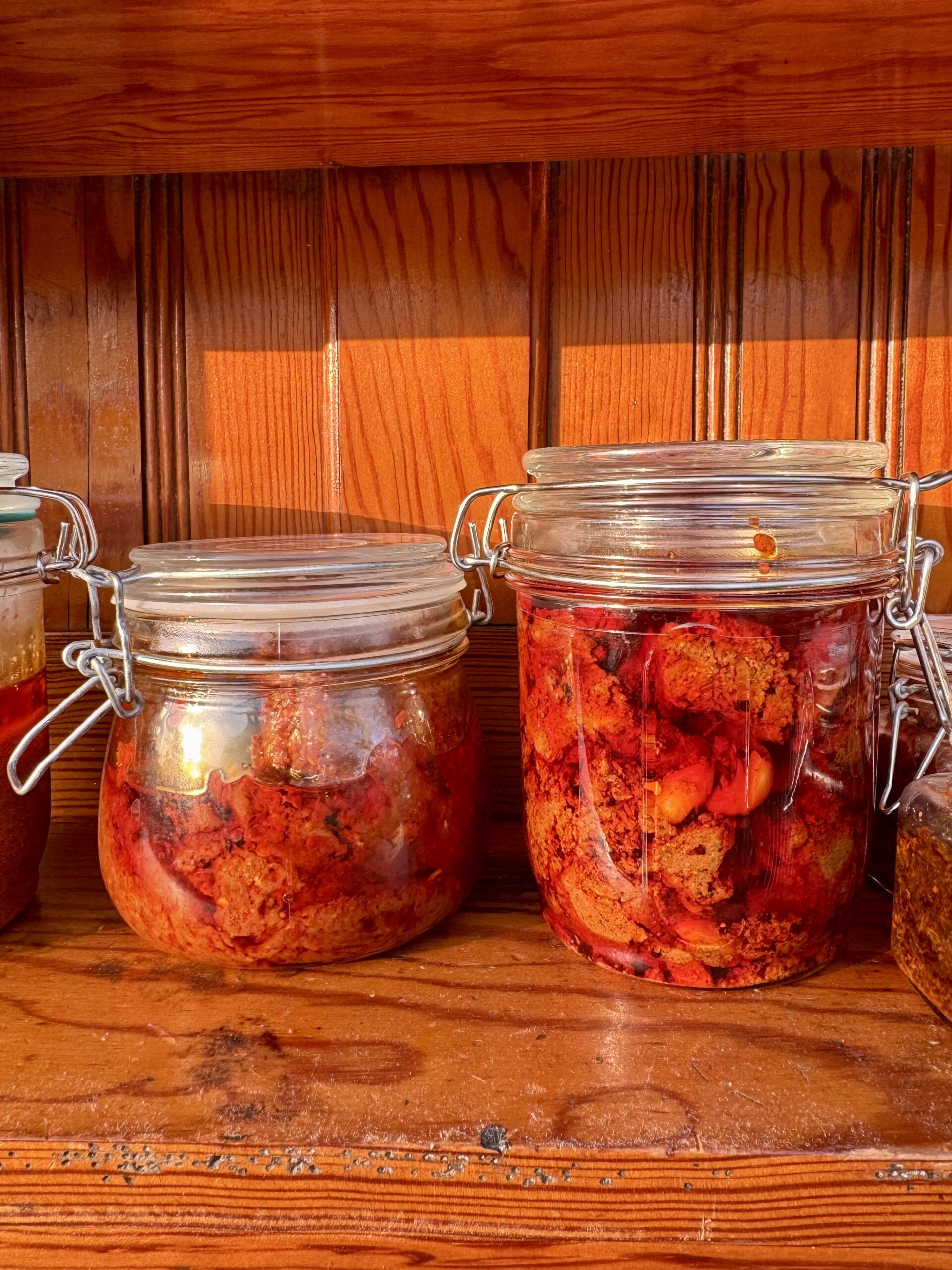
As someone with a mild obsession for Indian pickle — the kind of person who makes them at home, experiments with odd combinations, and keeps a row of jars in the fridge — I’m used to that spicy, salty punch on the side of my plate.
So when I recently ate at a fancy Swiss restaurant, I couldn’t fully enjoy it. The food was elegant, the plating was gorgeous, but my mouth kept waiting for that pickle kick… and it never came. After eating pickle with almost every meal, the food felt flat, almost boring.
That got me thinking: for anyone who hasn’t discovered Indian pickle yet, the whole thing can seem like a mystery jar. It’s not just a condiment. It’s a world of flavors, textures, and traditions — and once you get into it, you realize how much it can transform a meal.
So here’s a full tour of Indian pickle — what it is, how it’s made, the flavors that make it addictive, and why a spoonful from a humble jar can sometimes outshine a plate of fine dining.
What Is Indian Pickle?
Indian pickle, or achaar, is made by preserving fruits, vegetables, or even seafood in a mix of oil, salt, and spices. Unlike Western pickles that depend mostly on vinegar for a quick tang, many Indian varieties are left to cure in the sun, letting time and heat build layers of flavor. The result can be tangy, fiery, sweet, or pungent — and often all of those at once.
In India, “pickle” doesn’t just mean cucumbers in vinegar. It can be mango, lemon, garlic, chili, carrot, cauliflower, even shrimp. The flavors aren’t designed to be subtle. They’re strong, salty, spicy, sometimes sweet — always meant to wake up the plate.
A Tradition With Deep Roots
Pickling in India goes back thousands of years. Old Ayurvedic texts mention it as a way to preserve seasonal foods and aid digestion. Over time, each region developed its own methods, shaped by climate. In hot, humid areas, oil became the main preservative. In cooler parts of the country, mustard and vinegar took the lead.
Making pickle is still a seasonal ritual in many homes. Families gather in summer to slice, spice, and lay out jars in the sun. It’s more than food prep — it’s anticipation. Once ready, those jars will carry a family through the year, turning simple meals into something exciting.
Indian Pickle: The Loudest Thing on the Plate
If you love Indian pickle, you know it doesn’t sit quietly on the side. A spoon of mango pickle can turn plain rice into something worth celebrating. The salt, the oil, the spice — they don’t fade into the background. They pull everything toward them.
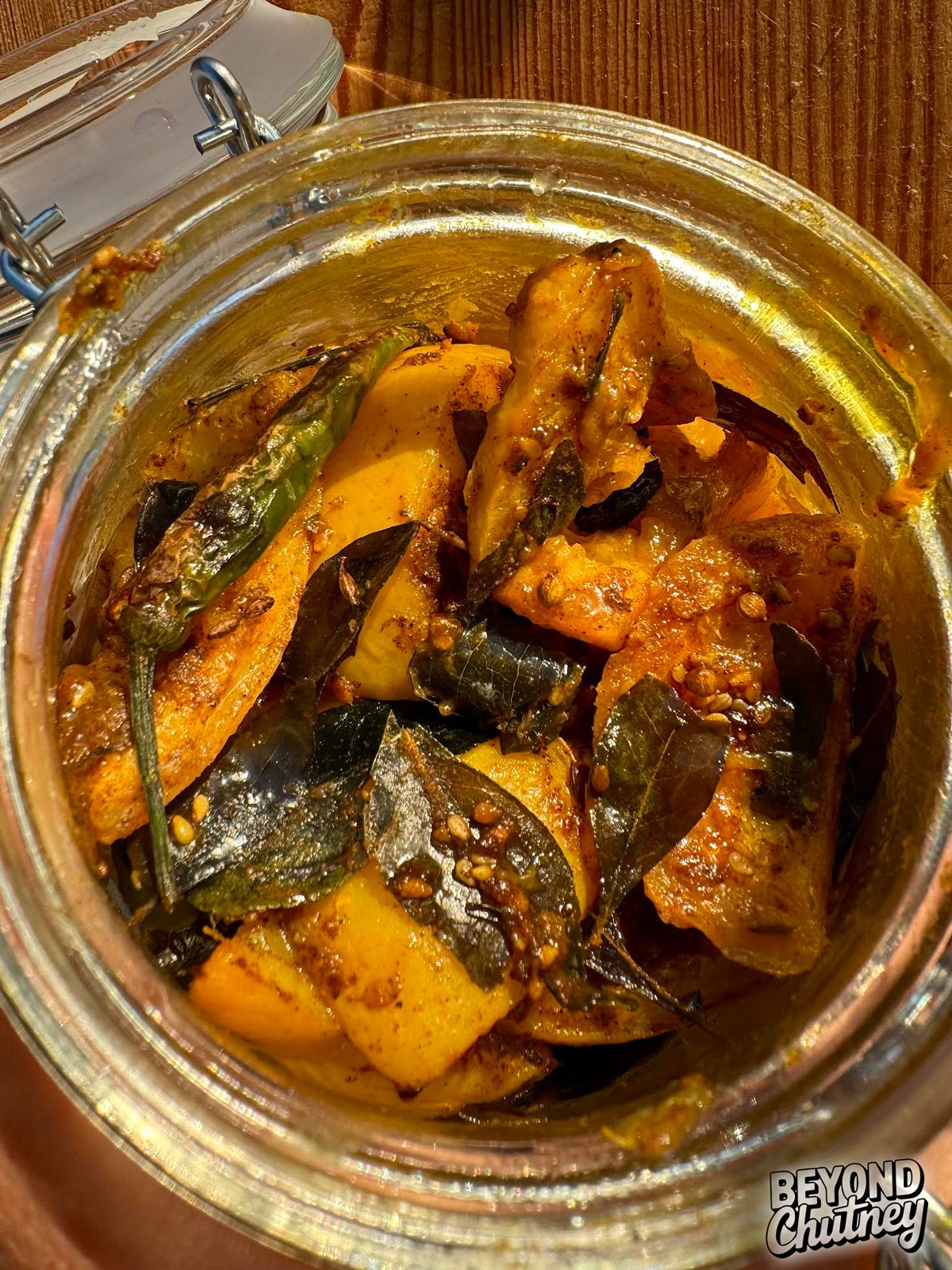
How It’s Made
The basics are simple:
-
Salt draws out water and keeps the pickle safe to store.
-
Acid from lemon, tamarind, or vinegar adds tang and protection.
-
Oil — mustard in the north, sesame in the south — seals the jar and soaks up spice.
From there, recipes branch in all directions. Some are left in the sun to mature slowly, developing deep complexity. Others are cooked down quickly with vinegar for a sharp, instant punch.
Regional Styles, Simplified
Even without naming regions, you can taste the range. Some pickle is chili-heavy and fiery. Others use citrus for a sour bite. Some are sweetened with sugar or jaggery. And then there are bold experiments — garlic, prawn, even bitter greens — all turned into something bigger than the sum of their parts.
The Spice Logic
Every spice plays a role. Mustard seeds bring heat and body. Fenugreek adds a bittersweet note. Turmeric brings color and earthiness. Chili powder sets both the burn and the deep red hue. Nigella seeds add a savory edge. Fennel sometimes brings a hint of sweetness. Too much of one, too little of another, and the balance tips — which is why making pickle is both art and science.
Why the Oil Matters
That glossy layer of oil on top isn’t just a seal. It’s part of the flavor. People drizzle it over rice, stir it into lentils, or even whisk it into yogurt for a quick dressing. For many, the spiced oil is just as valuable as the pickle itself.
Popular Varieties and Recipes
- Mango Pickle – Spicy, tangy, bold.
- Lemon Pickle – Zesty, slightly bitter, sun-softened.
- Garlic Pickle – Deep, savory, pungent.
- Mixed Vegetable Pickle – Crunchy, colorful, sour-spicy mix.
- Chili Pickle – Fiery with a tangy edge.
- Cauliflower Pickle – Crisp, tangy, and spiced.
Health Perks (In Small Doses)
- Spices like mustard and fenugreek aid digestion.
- Fermented versions carry probiotics.
- Tangy-sour taste stimulates appetite.
- Fruits and vegetables keep some vitamins and antioxidants.
- A little bit cuts through heavy or starchy meals.
Why Moderation Matters
- High salt can raise blood pressure.
- Oil-heavy pickles add calories.
- Lots of chili can trigger acidity.
- Poor storage risks spoilage.
- Some sweet pickles pack hidden sugar.
Storage Tips
- Use clean, dry glass jars.
- Sun oil-based pickles now and then to keep them fresh.
- Keep non-oil pickles in a cool, dark spot.
- Never dip with a wet spoon.
- If it smells or looks off, toss it.
Global Influence
Indian pickle isn’t just at home in India anymore. The diaspora carried it abroad, where it found new forms — pepper sauces in the Caribbean, achaari flavors in South Africa, spiced condiments in the UK and US. And in the bigger picture, it shares a family resemblance with other bold preserved foods: Korea’s kimchi, Japan’s tsukemono, Middle Eastern torshi. Each culture found its own way to preserve, but Indian pickle stands out for its punchy mix of spice and oil.
Final Thoughts
Indian pickle is more than a side dish. It’s a way to stretch the harvest, to brighten up simple food, to keep family traditions alive. Whether you eat it for the fiery flavor, the comfort of memory, or just because plain rice needs a little help, keeping a jar close by means you always have a spark ready for your plate.
Indian Pickle FAQ
What is Indian pickle (achaar)?
Fruits, vegetables, or seafood preserved in salt, spices, and oil, brine, or vinegar.
How is it different from Western pickles?
Western pickles are mild, usually cucumbers in vinegar. Indian pickle is intense — salty, spicy, oily, and varied.
Why so salty?
Salt draws out moisture, prevents spoilage, and sharpens flavor.
What oils are common?
Mustard oil in the north and east, sesame oil in the south. Peanut oil shows up too.
Do they ferment?
Some do. Citrus and chili pickle often ferment naturally. Oil-based ones are more about infusion.
How long do they last?
Months to years if made and stored properly.
Do they need refrigeration?
Traditional oil-based pickle doesn’t. Low-salt modern ones often do.
What’s the oil on top for?
It keeps air out — and it’s tasty drizzled on food.
What are some popular varieties?
Mango, lemon, garlic, mixed vegetable, chili, cauliflower.
Can I make my own?
Yes. Clean jars, enough salt, and patience are key.
How do I eat them?
With rice and dal, parathas, or curd rice. Or get creative — stir into yogurt, scrambled eggs, or roasted vegetables.


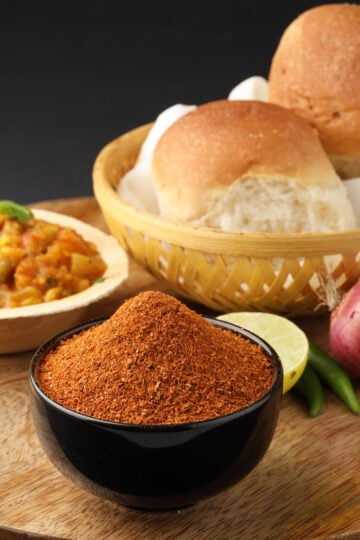
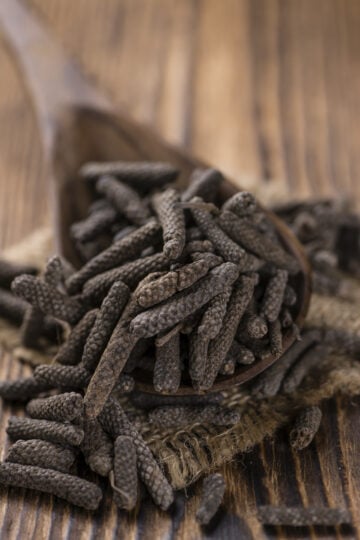
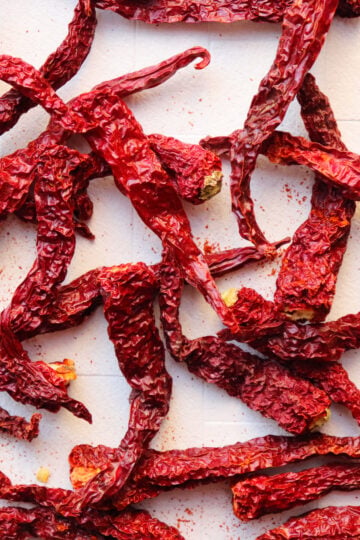
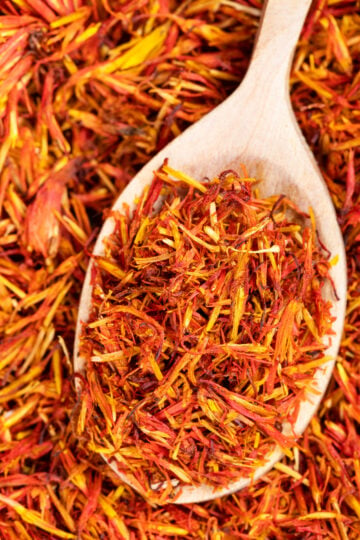
Have a question or something to share? Leave a comment below!